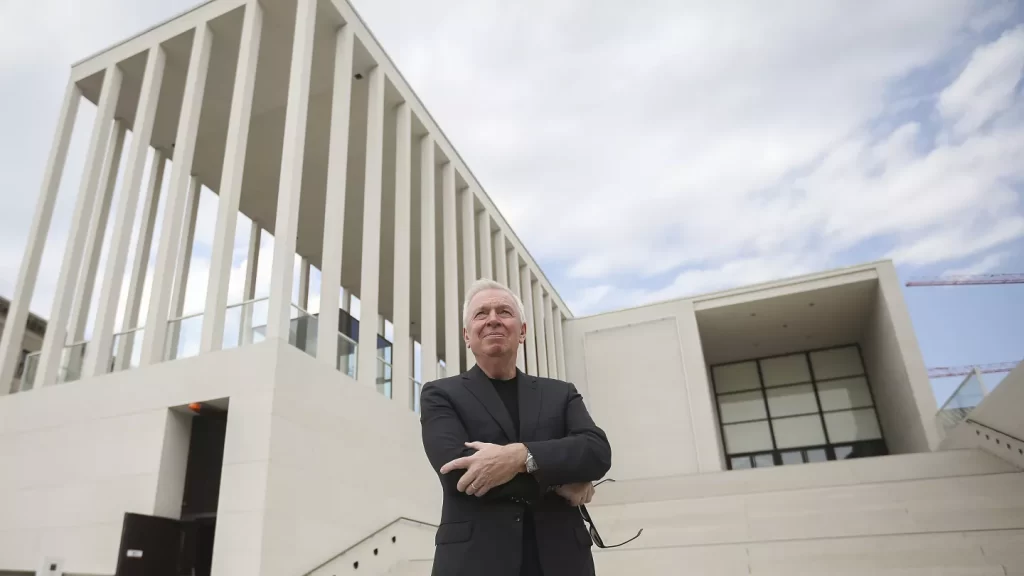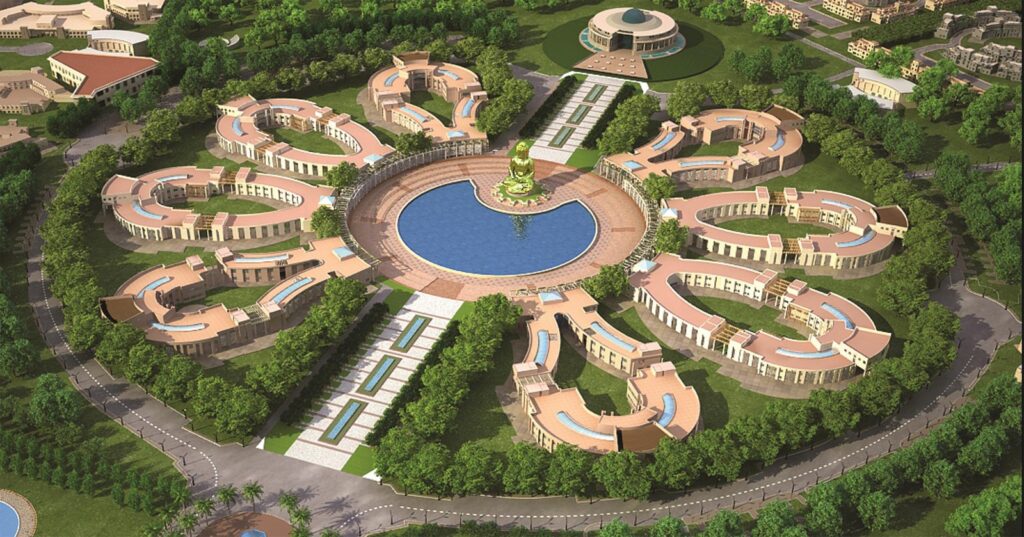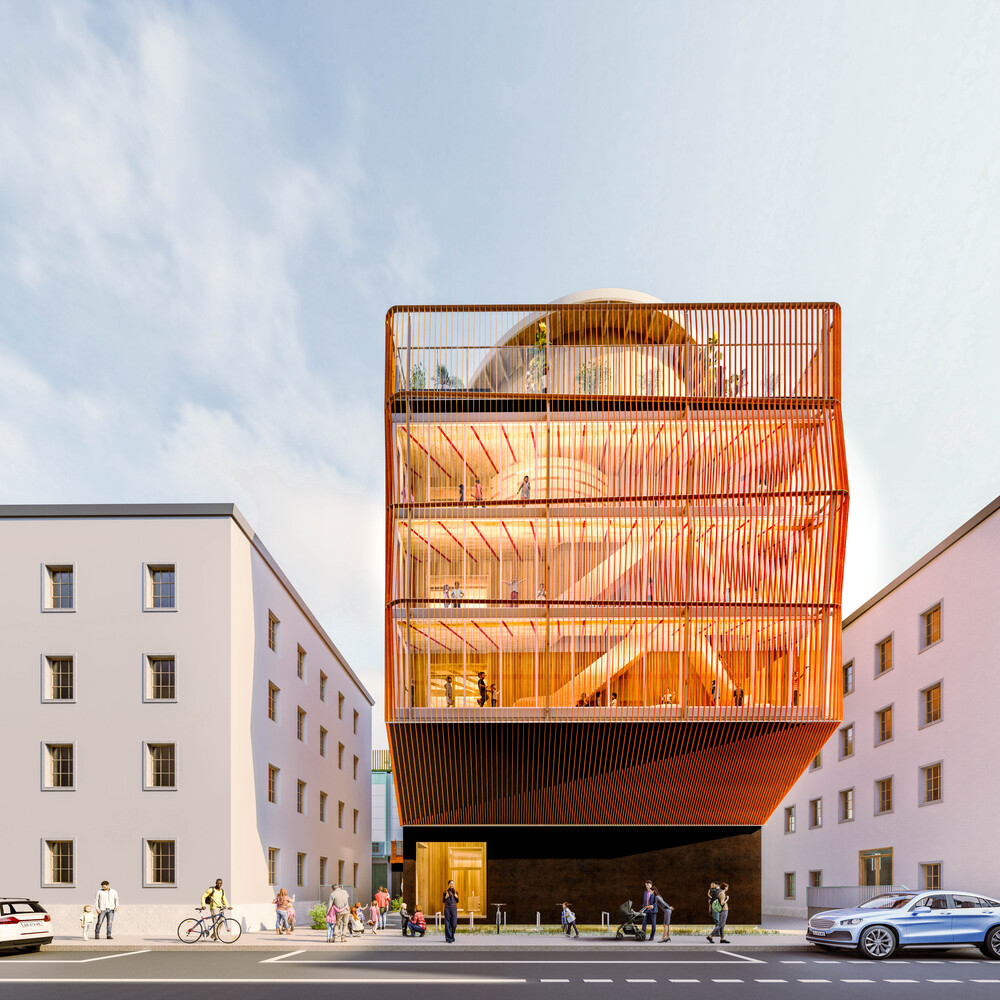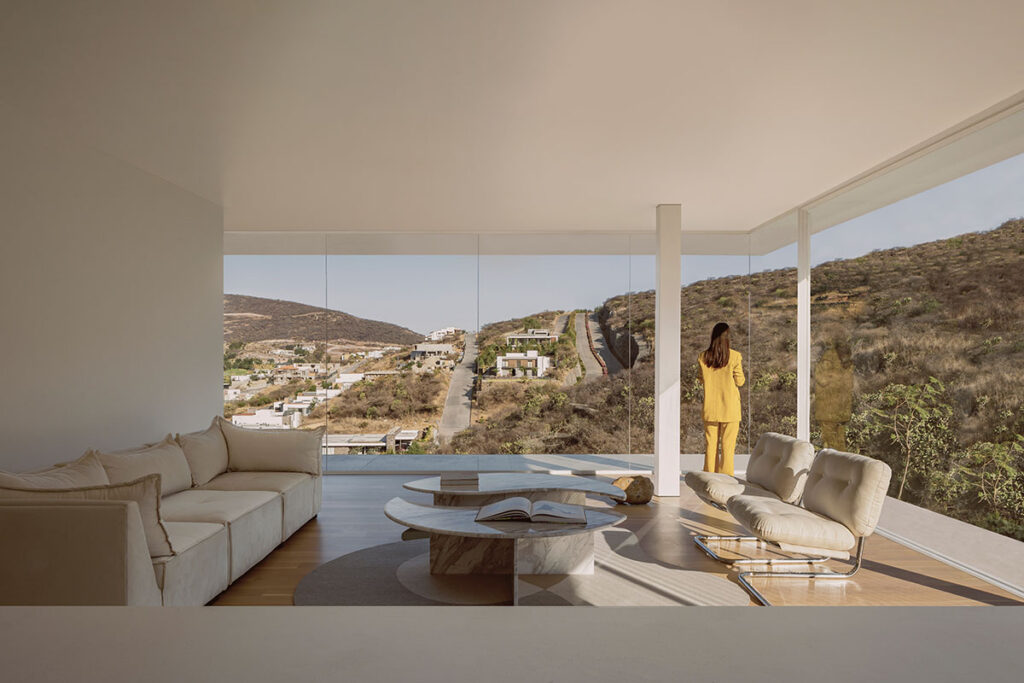Exploring the Architectural Brilliance of Sir David Chipperfield
Introduction Sir David Chipperfield, a renowned British architect, has cemented his legacy in the field of architecture with his refined, contemporary designs that resonate globally. As the founder of David Chipperfield Architects, established in 1985, Chipperfield’s influence spans continents, with a notable presence in Berlin, where his firm has executed numerous prestigious projects. David Chipperfield […]
Exploring the Architectural Brilliance of Sir David Chipperfield Read More »











